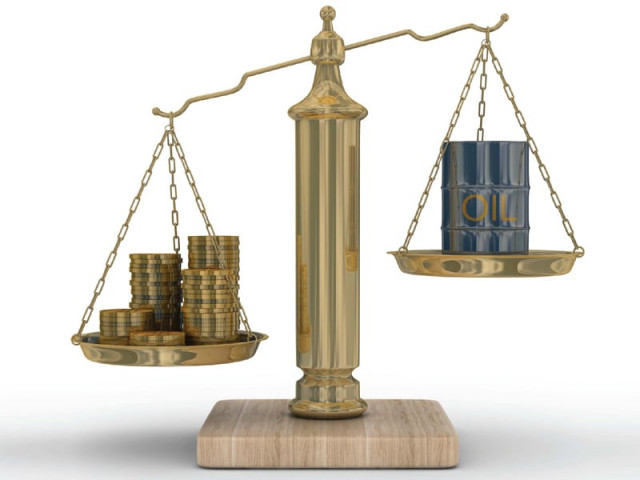Technology transfer: Marketing companies propose furnace oil blending
Plan likely to lead to saving of $27 million in oil imports.

Pakistan is expected to save around $27 million per annum on import of furnace oil as oil marketing companies (OMCs) have sought permission for setting up oil blending facilities which will produce fuel according to specifications of power plants.
Under the proposal, blenders will bear the cost of importing blending material without any guarantee or financial liability on the part of the government.
Pakistan State Oil (PSO), Overseas Oil Trading Company (OOTC) and Bakri Trading Company had sought the go-ahead for import of high-viscose furnace oil and blending components and products to blend furnace oil as per specifications of the country’s power sector.
The Economic Coordination Committee (ECC) of the cabinet has also allowed establishment of furnace oil blending facilities.
PSO, being the major furnace oil supplier to thermal power plants, imports furnace oil mainly from the Gulf region. Refineries of the region produce high-viscose furnace oil which does not conform to Pakistan’s import specifications. However, the suppliers then blend furnace oil by adding cutter stocks – low quality diesel, kerosene, etc – at Fujairah and other Gulf ports and supply to the buyers.
The blending of high-viscose furnace oil adds to the price with multiple charges for loading and offloading products, high freight cost, blending cost, heating and other operating charges. These come to around $2 to $3 per ton or $18 to $27 million per annum.
The oil blending proposal has been discussed with all oil marketing companies, refineries, Hydrocarbon Development Institute of Pakistan (HDIP) and Oil and Gas Regulatory Authority (Ogra).
If the plan goes through, it will not only bring blending technology, socio-economic benefits and employment opportunities, but it will also encourage investment in the oil industry, sources said.
Furnace oil demand in the country stands at about nine million tons, of which local refineries produce about 2.5 million tons and the remaining quantity is imported. Import of furnace oil in the year 2009-10 stood at about $3.2 billion. Demand for last financial year 2010-11 was projected at 13 million tons worth $3.5 billion, which is expected to increase to 16 million tons by 2015-16 because of upcoming new power projects.
Published in The Express Tribune, July 6th, 2011.



















COMMENTS
Comments are moderated and generally will be posted if they are on-topic and not abusive.
For more information, please see our Comments FAQ